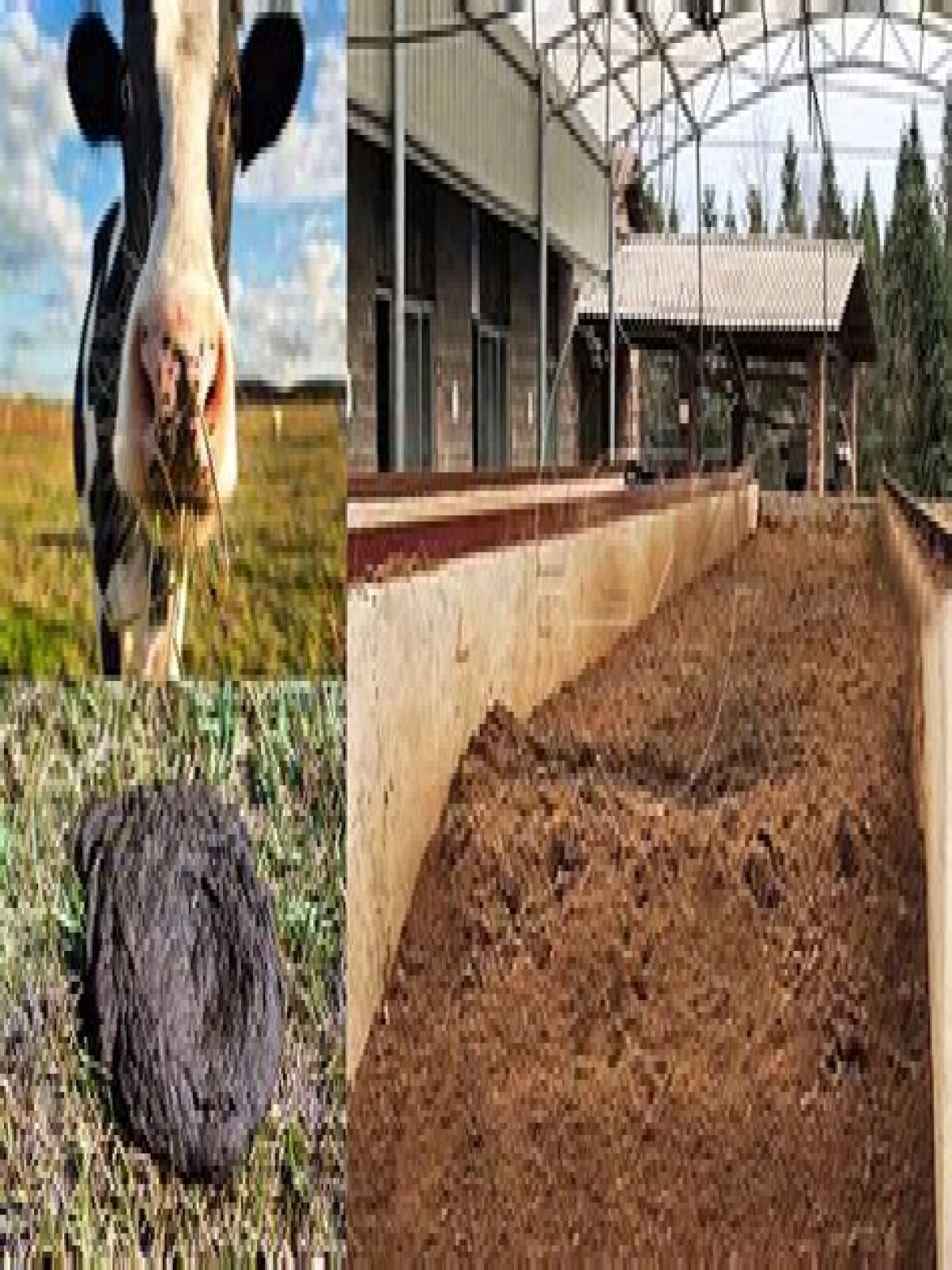- What is the NPK of composted cow manure?
- How do you read a compost analysis?
- What is the nutrient value of cow manure?
- What is the percentage of N-P-K in cow manure?
- How is nitrogen measured in compost?
- What is the percentage of nitrogen in compost?
- What are the 3 major nutrients of manure?
- What pH is cow manure?
What is the NPK of composted cow manure?
It contains about 3 percent nitrogen, 2 percent phosphorus, and 1 percent potassium (3-2-1 NPK). In addition, cow manure contains high levels of ammonia and potentially dangerous pathogens.
How do you read a compost analysis?
Compost moisture, or water content, is expressed as a percentage of compost wet weight. A compost with 60 percent moisture contains 40 percent dry matter. Composts with high moisture content (above 60 percent) are usually clumpy and difficult to spread. Composts with low moisture content (below 40 percent) are dusty.
How do you analyze manure?
Understanding a manure analysis output. Choosing which manure tests to do depends on individual needs and concerns. At the very least, measure total nitrogen (N), total phosphorus (P), total potassium (K), and moisture content. We also highly recommend having your manure tested for ammonium nitrogen (NH4-N) content.
What is the nutrient value of cow manure?
Manure is rich in nutrients, including trace elements necessary for crop growth. Approximately 70-80% of nitrogen (N), 60-85% of phosphorus (P), and 80-90% of potassium (K) found in feeds is excreted in the manure.
What is the percentage of N-P-K in cow manure?
The C/N ratio for both fertilizers has met the standard (C/N ratio of 15–25%). Total N of cow manure amounted to 0.71% and neem compost of 2.41%, therefore the total N of fertilizer not yet fulfill minimum standard of total N following Permentan which is 4%. Elements P and K have met minimum standards less than 6%.
What is N-P-K ratio?
These three numbers form what is called the fertilizer’s N-P-K ratio — the proportion of three plant nutrients in order: nitrogen (N), phosphorus (P) and potassium (K). The product’s N-P-K numbers reflect each nutrient’s percentage by weight.
How is nitrogen measured in compost?
Organic nitrogen is determined by subtracting the ammonium and the nitrate nitrogen (an optional test) from the total nitrogen. However, since nitrate nitrogen levels are generally very low, total nitrogen minus ammonium nitrogen will give a good estimate of organic nitrogen in most composts.
What is the percentage of nitrogen in compost?
Composts commonly contain about 2 percent nitrogen, 0.5–1 percent phosphorus, and about 2 percent potassium. Nitrogen fertilizers and manure may be added to speed decomposition.
How is cow manure tested?
Manure evaluation can be described by three C’s: color, consistency, and content. Fecal color is influenced by feed type, bile concentration, and the passage rate of feedstuffs and digesta. Typically, manure is dark green when cattle graze fresh forage and darkens to a brown-olive if animals receive a hay ration.
What are the 3 major nutrients of manure?
Nitrogen, phosphorus and potassium, or NPK, are the “Big 3” primary nutrients in commercial fertilizers.
What pH is cow manure?
Average pH Cattle manure tends toward a neutral pH. Studies by Penn State showed dairy manure at 7.0, while manure mixtures from the University of Ngaoundere ranged from approximately 5.9 to 6.9.
Does composted manure have nitrogen?
Animal manures and animal manure-based composts are rich in plant nutrients such as Nitrogen (N), Phosphorous (P) and Potassium (K) and provide organic matter that conditions the soil.
